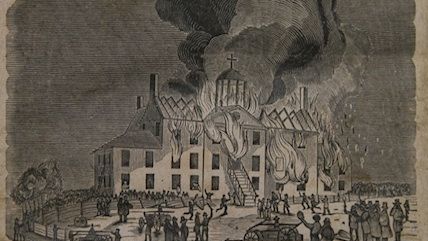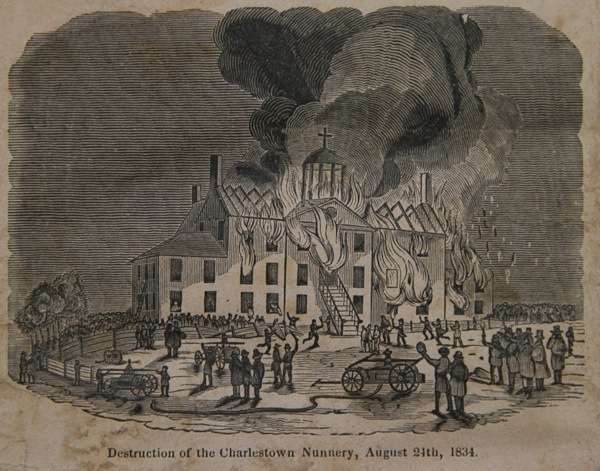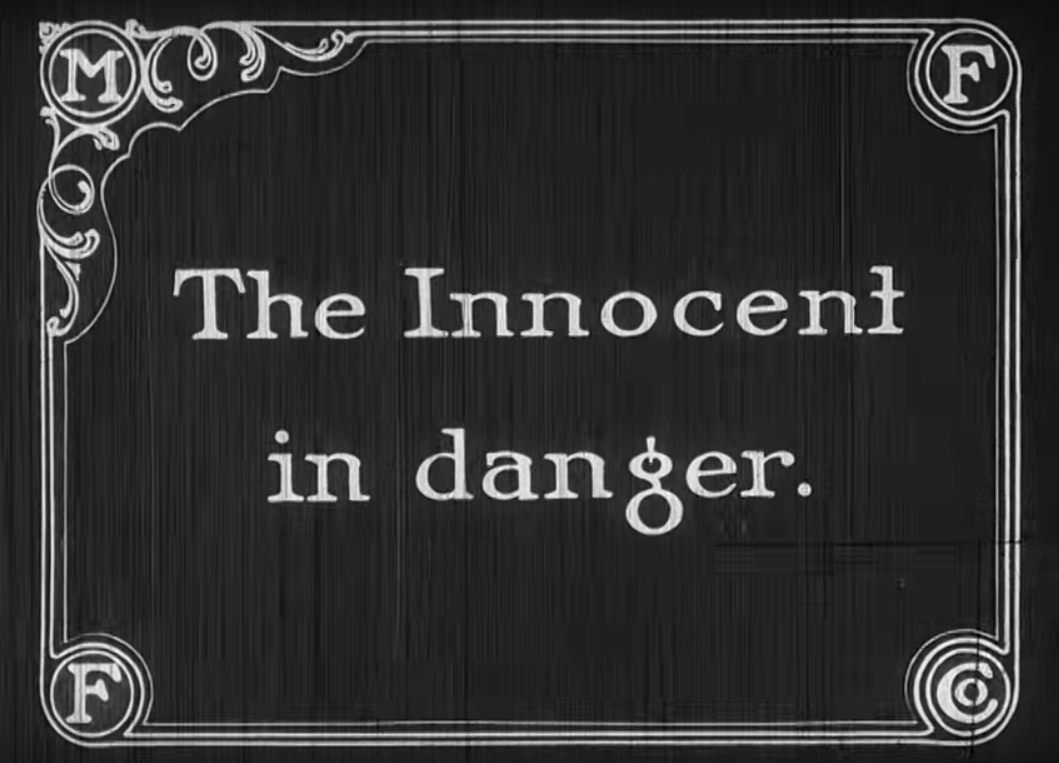The PizzaGate Gunman's Paranoid Rescue Fantasy Comes from a Long American Tradition
And that tradition hasn't been confined to the fringe.


On December 4, Edgar M. Welch carried a rifle into the Comet Ping Pong pizzeria in Washington, D.C. Welch had stumbled on the "PizzaGate" conspiracy theory, which claims that the restaurant is part of a sex-trafficking ring tied to Hillary Clinton and her associates; children are supposedly being held prisoner and transported through secret tunnels beneath the business. Welch was armed because he wanted to rescue the kids. He didn't find any prisoners there, but he wound up firing his weapon anyway. No one was injured, fortunately.
You've probably heard about that, since it's been all over the news this week. What hasn't been all over the news is the long American tradition that Welch belongs to. This is hardly the first time someone has filled up on fantasies that a conspiracy was holding innocents captive and exploiting them. It isn't the first time a fantasist has set off on a potentially bloody rescue mission either.
Take the mob that burned down the Ursuline convent and boarding school in Charlestown, Massachusetts, in 1834. The resentments toward that institution had very specific local roots, but the rumors that prompted the riot took an oft-told form: Girls were being held prisoner, and they needed to be saved. These stories were spread not just orally but via anonymous placards and handbills—if a pundit from late 2016 were somehow sent back to 1834, he'd probably call them "fake news"—that said things like this:
GO AHEAD! To Arms!! To Arms!! Ye brave and free Avenging Sword unshield!! Leave not one stone upon another of that curst Nunnery that prostitutes female virtue and liberty under the garb of holy Religion. When Bonaparte opened the Nunnerys in Europe he found cords of Infant sculls!!!!!!

That wasn't the only Catholic institution to be raided by would-be heroes. Throughout the era, paranoid Protestants became convinced that convents contained sex slaves, secret tunnels, and other staples of the modern pizzeria; more than once, they invaded intending to liberate the nuns. Nor was Catholicism the only faith to be afflicted by captivity rumors. A couple decades before the Ursuline Convent riots, for example, a youngster named Ithamar Johnson was "rescued" from a Shaker community in Ohio. He promptly returned the next day, and remained a Shaker until he died in his eighties. Much more recently, the cult scare that took off in the 1970s produced a whole profession of "deprogrammers," some of whom felt the best way to liberate a cultist was to kidnap and torture him until he declared himself cleansed of the religion's worldview.
The cult scare helped shape the Satanic panic of the 1980s and '90s, when the notion took hold that a web of devil-worshippers was raping, kidnapping, and even killing children. In this case, it wasn't vigilante deprogrammers who would browbeat an alleged victim into saying what they wanted to hear. It was agents of the state. In the most infamous case, the authorities embraced the idea that the McMartin Preschool in Manhattan Beach, California, was run by a coven of child molesters. Interrogators badgered the preschoolers into confirming their suspicions, and the children's imaginations then produced still more lurid details.
Naturally, there were tales of secret tunnels beneath the day care center. You'd think it was a convent or a pizza joint or something.

Not every captivity fantasy involved unpopular religions. In the white-slavery panic of the early 20th century, a flood of exposés—there's that "fake news" again—made lurid claims about prostitution, greatly exaggerating both the number of women coerced into the profession and the extent to which the trade was controlled by a centralized conspiracy. (In his 1914 book The Girl Who Disappeared, a former Chicago prosecutor called this sex syndicate a "hidden hand," claiming that "behind our city and state governments there is an unseen power which controls them.") As Thaddeus Russell has written in Reason, such stories "helped create, expand, and strengthen the police powers of an array of government agencies. Since the onset of the panic, those agencies have imprisoned and sterilized hundreds of thousands of women who worked as prostitutes, taken their children from them, forced them onto the streets and into dependent relationships with male criminals, and made their jobs among the most dangerous in the world." And as my colleague Elizabeth Nolan Brown regularly points out, modernized versions of the old white-slavery myths frequently turn up when police or the press discuss sex trafficking.
Those mainstream misconceptions clearly influenced the PizzaGate crusade, just as surely as fringier fantasies did. The first time I mentioned Edgar Welch's Comet assault on this blog, I pointed out that PizzaGate is the latest variation on a decades-old sequence of rumors that claim the country is governed by secret pedophile rings. But that is hardly the only source for the PizzaGate story, and this is hardly the only time something like this happened. The most unusual thing about Welch's stupid misadventure may be that this time, nobody was hurt.


Show Comments (53)